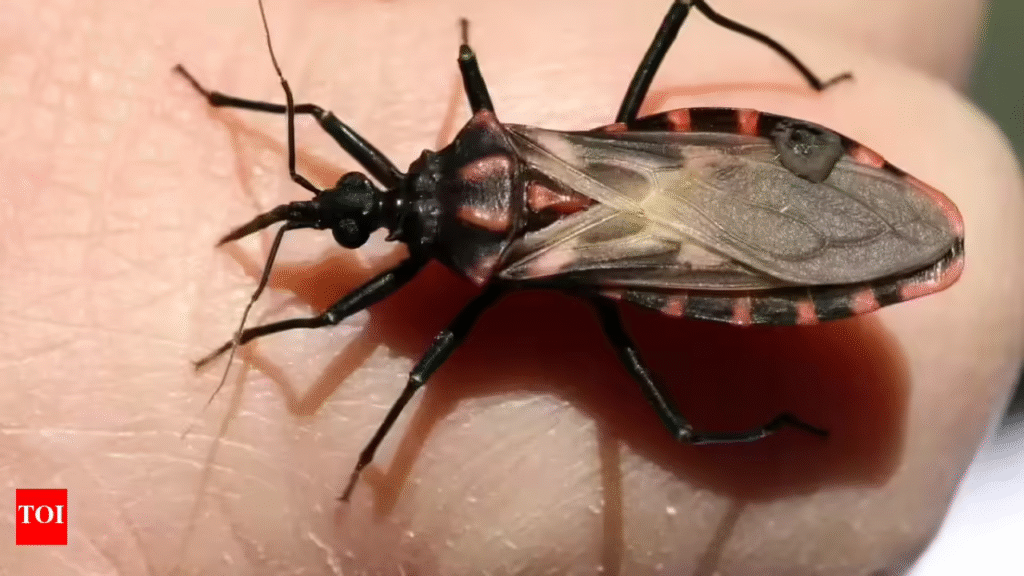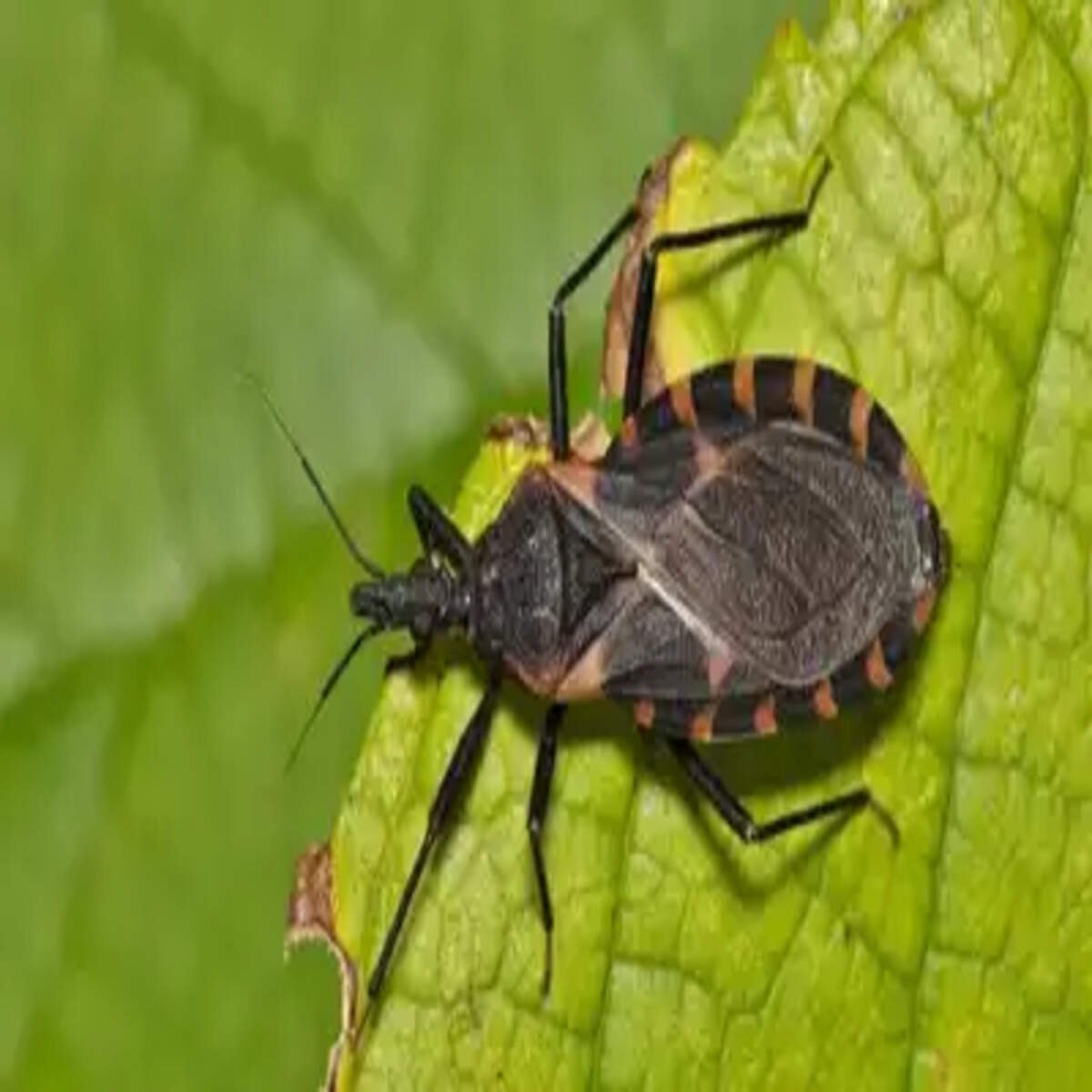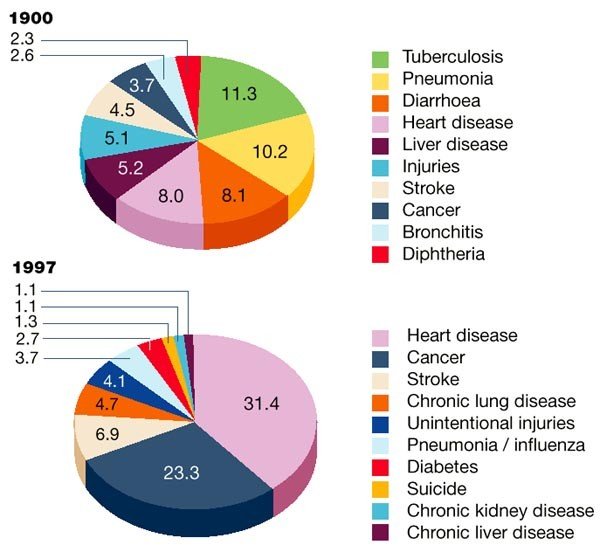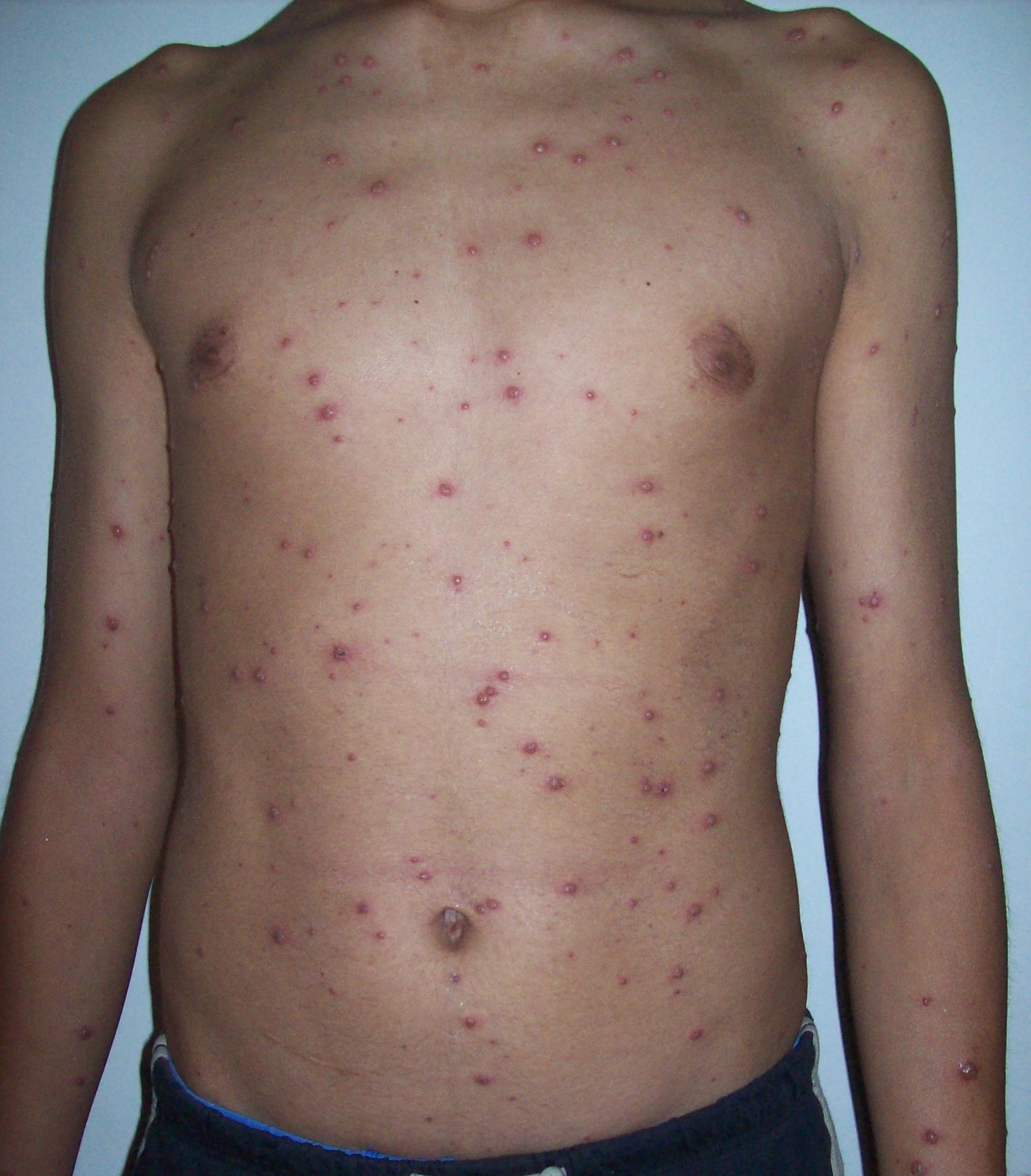Discover the rising threat of Chagas disease in the U.S., transmitted by kissing bugs. Learn about symptoms, prevention, and the urgent need for awareness.
What Is Chagas Disease?
Chagas disease, also known as American trypanosomiasis, is a parasitic infection caused by Trypanosoma cruzi. Traditionally found in rural areas of Latin America, it is now spreading across the United States due to the presence of the triatomine insect, commonly known as the “kissing bug.”
Transmission
The disease is primarily transmitted through the feces of infected kissing bugs. These bugs bite humans, often on the face, and defecate near the bite site. If the feces enter the body through the bite, eyes, nose, or mouth, the parasite can infect the person. Other transmission routes include congenital transmission, blood transfusions, organ transplants, and laboratory accidents.
The Spread of Chagas Disease in the U.S.
Historically, Chagas disease was confined to Latin America. However, due to increased migration and the presence of suitable vectors, the disease has spread to the United States. As of recent reports, local transmission has been confirmed in at least eight states, including Texas, California, and Arizona. The Centers for Disease Control and Prevention (CDC) estimates that approximately 280,000 people in the U.S. are infected with Trypanosoma cruzi. However, less than 1% of these individuals have been diagnosed, often discovering their condition through blood donation screenings.

Real-Life Case: Luna’s Story
In a recent case, a Miami student named Luna tested positive for Chagas disease after donating blood. Her diagnosis was a shock, as she had no symptoms and had never traveled to Latin America. This case underscores the importance of awareness and early detection, as untreated Chagas disease can lead to severe health complications.
Where Are Kissing Bugs Found in the U.S.?
Kissing bugs are primarily found in rural and suburban areas, particularly in the southern and southwestern United States. They often inhabit areas with poor sanitation, such as rodent burrows, wood piles, and cracks in homes. While they can be found indoors, especially in rural or desert areas, the risk in urban settings remains low.
How Is Chagas Disease Transmitted?
Chagas disease is primarily transmitted through the feces of infected kissing bugs. Transmission occurs when the bug bites a person and then defecates near the wound. If the feces enter the body through the bite, eyes, nose, or mouth—especially while sleeping—the parasite can infect the person.
Other transmission routes include:
- Congenital Transmission: From an infected mother to her baby.
- Blood Transfusions: Through contaminated blood products.
- Organ Transplants: From an infected donor.
- Laboratory Accidents: Through exposure in laboratory settings.
Symptoms of Chagas Disease
Acute Phase (1–2 months):
- Fever
- Fatigue
- Rash
- Swelling at the site of infection
- Eyelid swelling (Romaña’s sign)
Chronic Phase (Years Later):
- Heart problems (arrhythmias, heart failure)
- Digestive issues (enlarged esophagus or colon)
- Sudden cardiac death in severe cases
Many individuals remain asymptomatic for years, making early detection challenging.
Diagnosis and Treatment
Diagnosis of Chagas disease typically involves blood tests to detect the presence of Trypanosoma cruzi. Early treatment with antiparasitic medications, such as benznidazole or nifurtimox, is most effective during the acute phase. In the chronic phase, treatment focuses on managing symptoms and preventing complications.
Preventing Chagas Disease
To reduce the risk of Chagas disease:
- Seal Homes: Close cracks and gaps in walls and around windows.
- Use Insect Repellents: Apply to exposed skin and clothing.
- Remove Insect Habitats: Eliminate wood piles and rodent nests near homes.
- Practice Good Hygiene: Wash hands and food thoroughly.
- Screen Blood Donations: Ensure blood products are tested for Trypanosoma cruzi.

FAQs
1. What are kissing bugs?
Kissing bugs are blood-sucking insects that can transmit Chagas disease. They are named for their tendency to bite humans on the face, especially around the eyes and mouth.
2. How can I tell if I have Chagas disease?
Symptoms may include fever, fatigue, rash, and eyelid swelling during the acute phase. Chronic symptoms can involve heart and digestive issues. A blood test is required for diagnosis.
3. Is Chagas disease treatable?
Yes, early treatment with antiparasitic medications can be effective. Chronic cases focus on managing symptoms and preventing complications.
4. Can Chagas disease be prevented?
Preventive measures include sealing homes, using insect repellents, removing insect habitats, practicing good hygiene, and screening blood donations.
5. Are there vaccines for Chagas disease?
Currently, there is no vaccine for Chagas disease. Prevention relies on reducing exposure to kissing bugs and early detection.
6. How common is Chagas disease in the U.S.?
Approximately 280,000 people in the U.S. are estimated to be infected, with many unaware of their condition.
7. Can Chagas disease be fatal?
If left untreated, Chagas disease can lead to serious heart and digestive issues, potentially resulting in death.
8. Is Chagas disease only found in rural areas?
While more common in rural areas, kissing bugs have been found in urban settings, increasing the risk of transmission.
9. Can pets get Chagas disease?
Yes, dogs and other animals can be infected with Trypanosoma cruzi, and they can serve as reservoirs for the parasite.
10. How can I protect my family from Chagas disease?
Implement preventive measures such as sealing homes, using insect repellents, and eliminating insect habitats to reduce the risk of exposure.
Conclusion
Chagas disease is no longer just a concern for Latin America; it is a growing public health issue in the United States. With local transmission confirmed in several states and a significant number of individuals unaware of their infection, it is crucial to increase awareness, improve diagnostic capabilities, and implement preventive measures.
- Kissing Bug Close-Up: An image showing the triatomine insect, highlighting its distinctive features.
- Chagas Disease Symptoms: Visual representation of common symptoms, such as eyelid swelling and rash.
- Preventive Measures: Infographic on steps to prevent Chagas disease, including sealing homes and using insect repellents.




